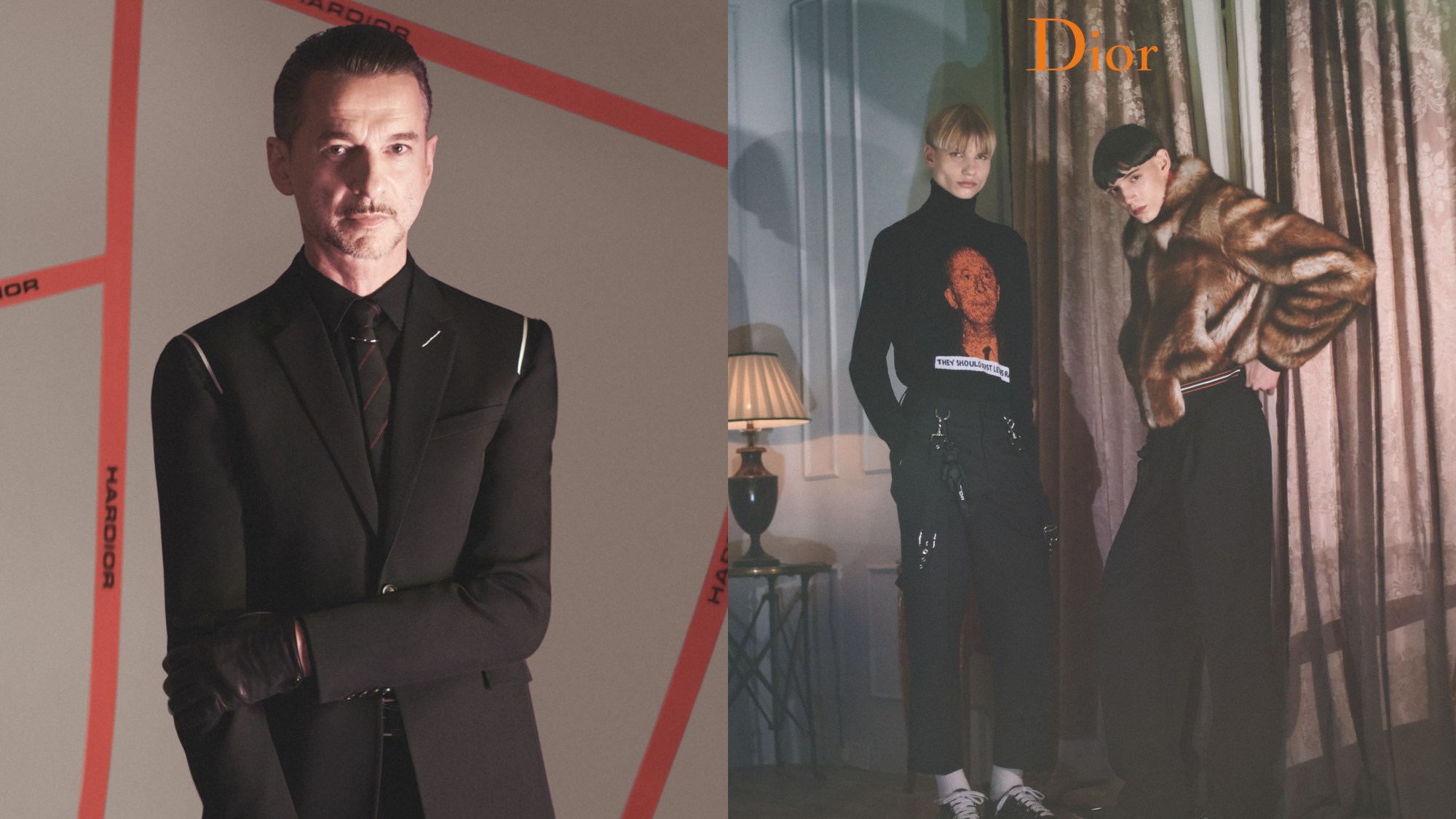Squeezing two decades worth of era-defining elegance into one book is no small feat. Just ask Kris Van Assche, who has spent the past year scrupulously archiving his life’s work. Historicising his early days at the prestigious Antwerp Academy, followed by 11 years designing his namesake label, 11 years manning Dior Homme and then a short but influential spell imbuing the prim and proper Berluti with his fashion-forward instincts, his new anthology 55 Collections doesn’t miss a show or presentation (bar the mid-seasons). In fact, it’s buffered by a deep dive into his formative experiences, spanning an exceptionally chic grandma, a love of new wave, the Antwerp Six and his time working under indie sleaze extraordinaire Hedi Slimane at noughties Saint Laurent and Dior Homme.
From the book’s outset, Kris’ indelible mark on fashion is apparent. Tailoring loosened with workwear silhouettes? Check. Couture shapes modernised with athletic adornments? Double check. Sure, these are now on any designer’s ticklist, but through the mid-noughties to the early 2010s, these were undoubtedly bold moves. Aside from clothing, Kris bridged a gap between the youth and a high-fashion milieu, calling on the likes of A$AP Rocky, photographer Nan Goldin and director Larry Clark to attract new Dior Homme audiences. Shows with skate ramps, hints of emo and gabber or Depeche Mode soundtracks marked out a lineage of subculture that traversed generations, while Kris’ own brand fearlessly sexed-up menswear despite prudish attitudes of the time.
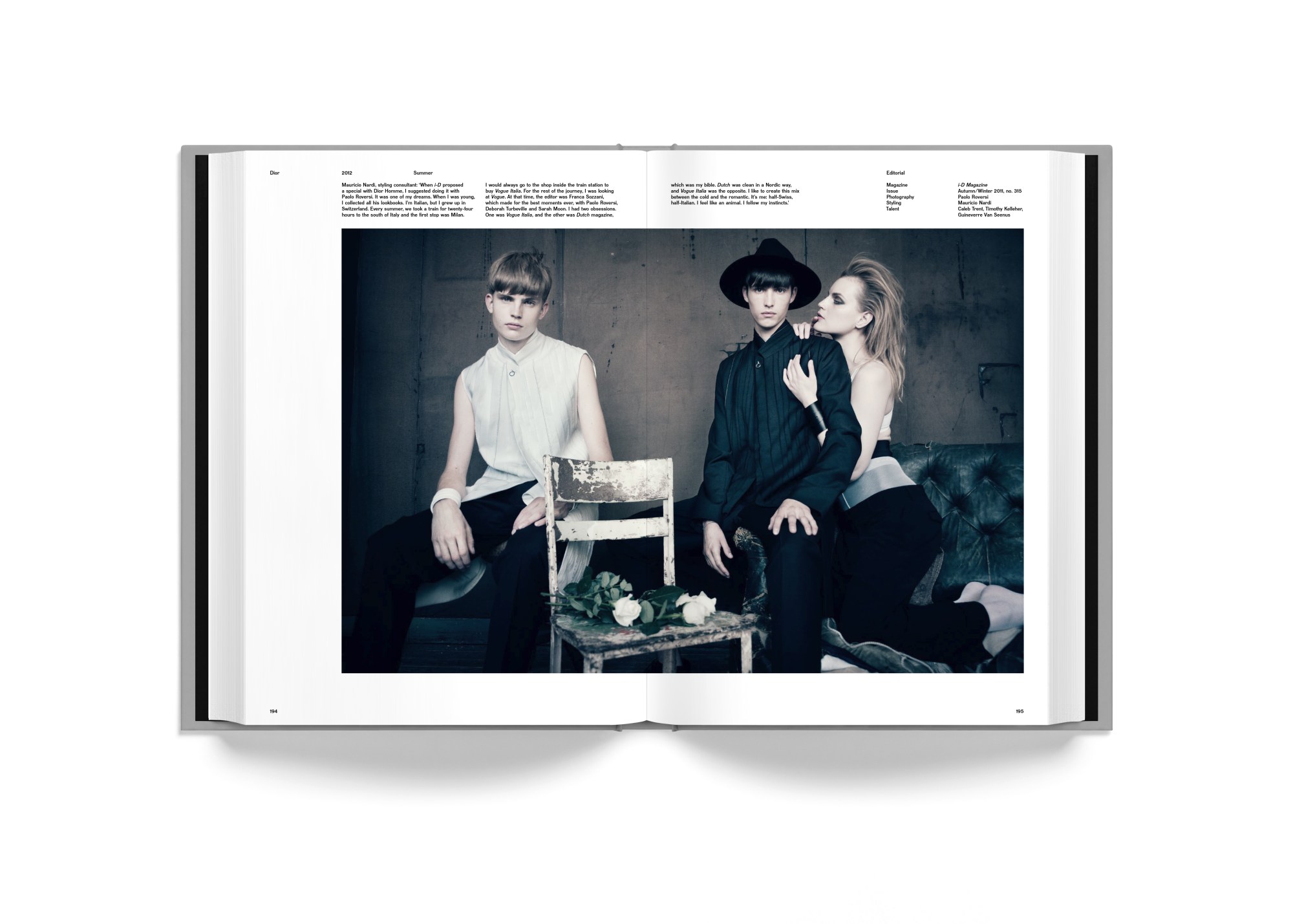
Since showing his last collection for Berluti AW21, Kris has taken a step back from designing, although his penchant for mid-century design and fine art has kept him busy. Viewing his career in retrospect, he could finally make sense of what had otherwise been intuitive decisions.
Here, we caught up with Kris on his new book, career highlights and the links between his oeuvre and fashion as we know it now.
SUBSCRIBE TO I-D NEWSFLASH. A WEEKLY NEWSLETTER DELIVERED TO YOUR INBOX ON FRIDAYS.
Why was now the right time to make the book?
I’ve been working non-stop for like 25 years. It’s the first time I physically have the time. When people told me that this book would take a year, at least, I would just laugh. In the end, I literally worked on this three to four days, every week, for the last year.
In the book, we see the classicism of some of your graduate collections, but also the sportswear-meets-couture approach you introduced at Dior in the 2010s. Was this friction a guiding light?
Well, I never thought about it then. That’s why this book is interesting. I call it my creative psychoanalysis. Anders Christian Madsen’s introduction text was a revelation to me when he was like, “Well, of course, your grandmother was all about old world beauty and was your idol, and you’re also a guy of your times, so that’s where all these sportswear references naturally sneaked in.”
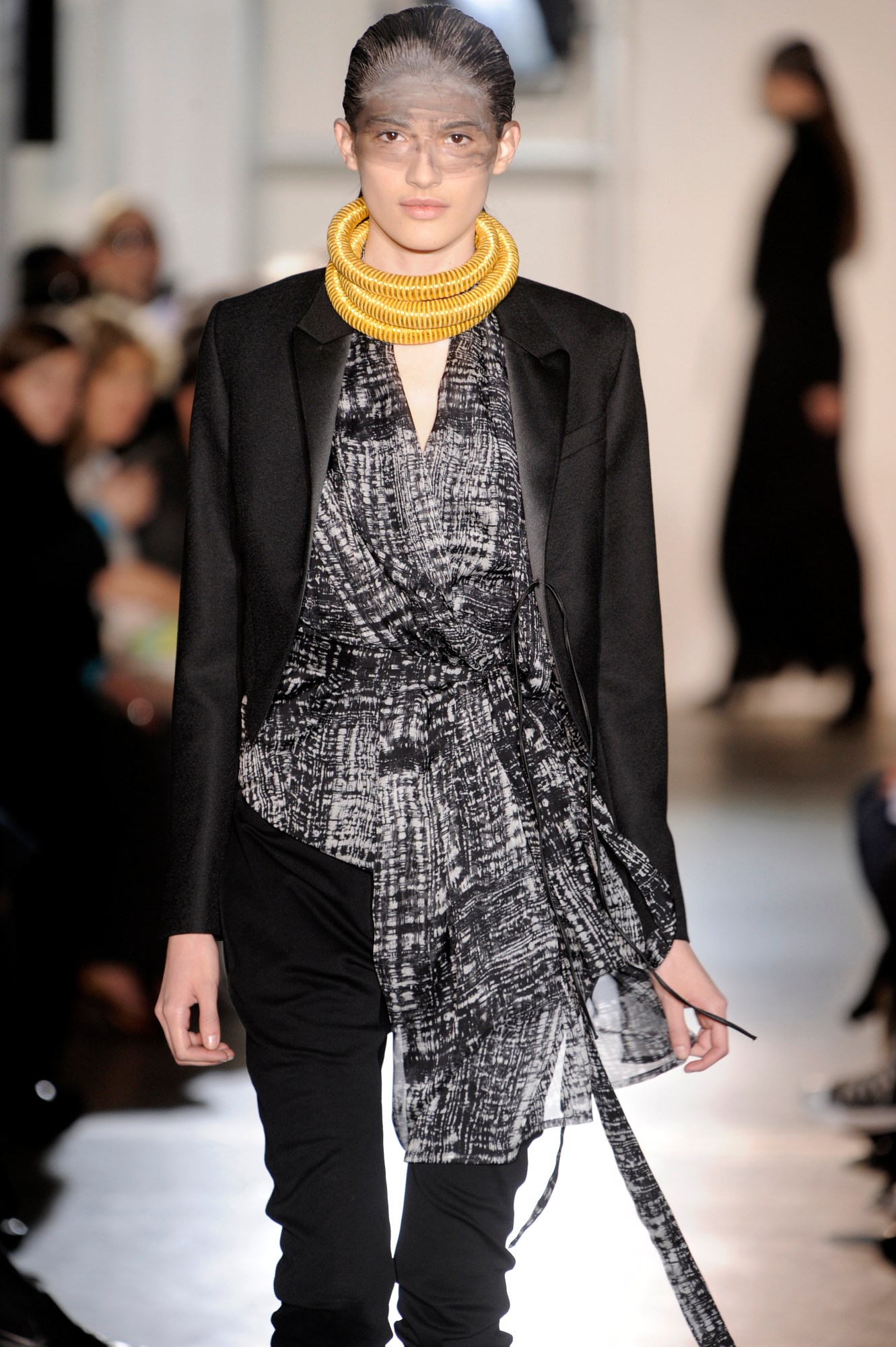
What interested you about your grandmother?
She was an aesthete. She would always say that taking care of yourself is a form of politeness. When I was 12 or 13, she started making me classical pleated pinstripe trousers while everybody was wearing jeans. We did that for a couple of years, and then, at the Antwerp Academy, I needed help sewing my pieces. She started helping me. She was a permanent person in my life. Years later, she would assist at my Dior shows.
Working on this project, how did you decide what needed to be in it?
Well, that’s why it takes a year. Initially, my first reaction was, like, “No way am I going to put every collection in that book.” When you work for 18 years, some of the collections you feel less comfortable with, but even some of those were pivotal to the collections I am fond of.
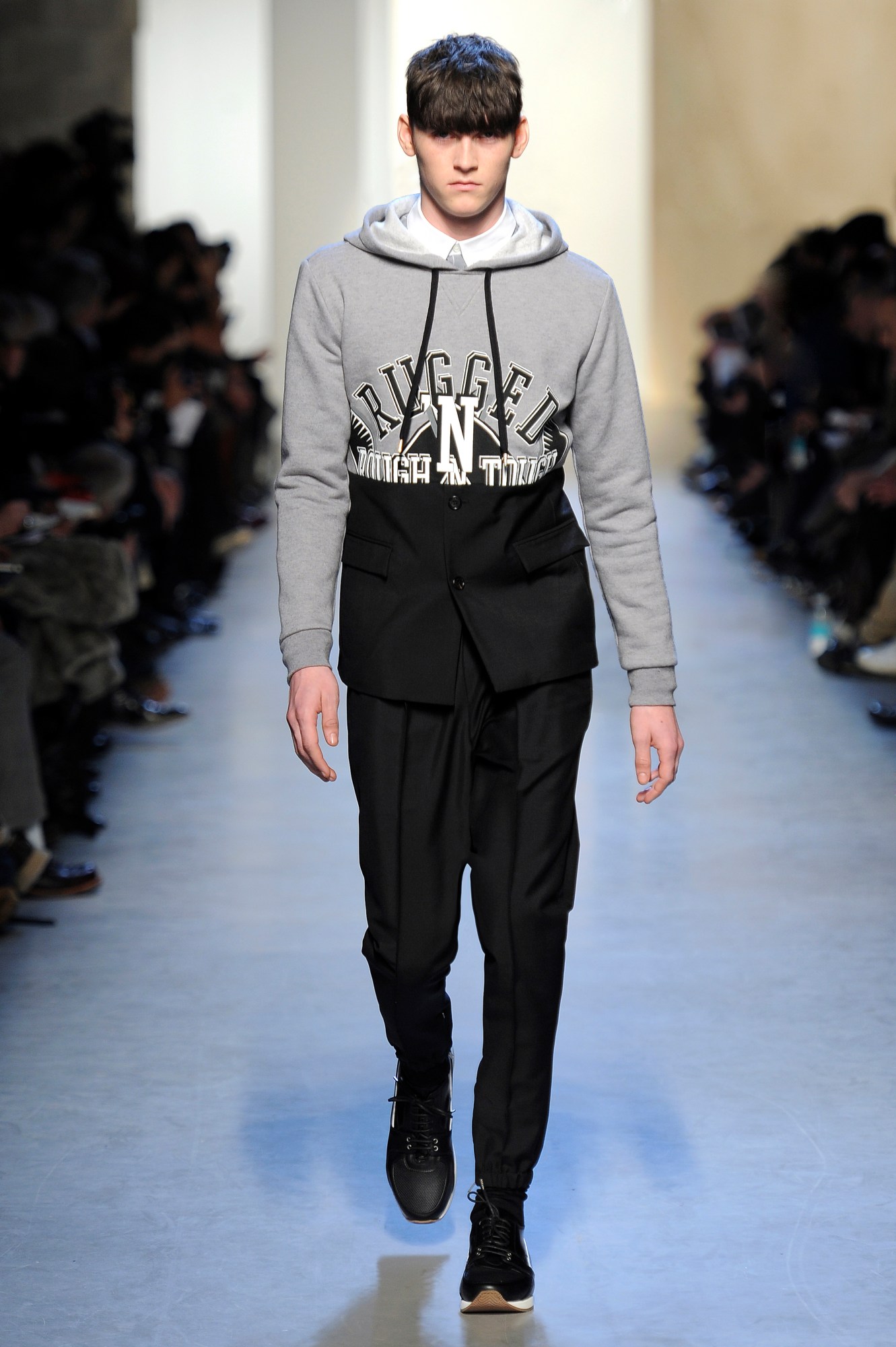
After assisting at Saint Laurent and Dior, you decided to go it alone and open your own brand in 2005. Soon after, you were offered the position as Dior Homme’s creative director. What made you accept?
It’s the offer you can’t refuse! Indeed, when I left Dior as an assistant to launch my own label, I accepted the idea that my time at big fashion houses was over. My mum got quite upset. She was like, “You’re crazy!” I wasn’t rich, but I was happy. I had worked at Dior for four years, so knew the team and all about the incredible craft they had at the ateliers. People think that having your own label is freer than working for a big brand, but they forget you need tools and financial possibilities. Those are way bigger at a big brand. Now, we’re used to the musical chairs of designer changes. Back then, it was quite rare, especially when the designer was doing a great job. Me taking over after Hedi Slimane wasn’t easy, but people didn’t want me to be a copycat either.
So, for your first Dior runway show, you focused on the history of the house itself.
It was clear in my head. Dior didn’t need to become Kris van Assche – I had my brand. I put these huge pictures of Mr. Christian Dior everywhere in the building because I wanted people to understand that the brand was founded by Christian Dior. If Dior Men’s existed before Hedi, it could exist after him. With time, I started concentrating more on Mr. Dior as a person and his superstitions.
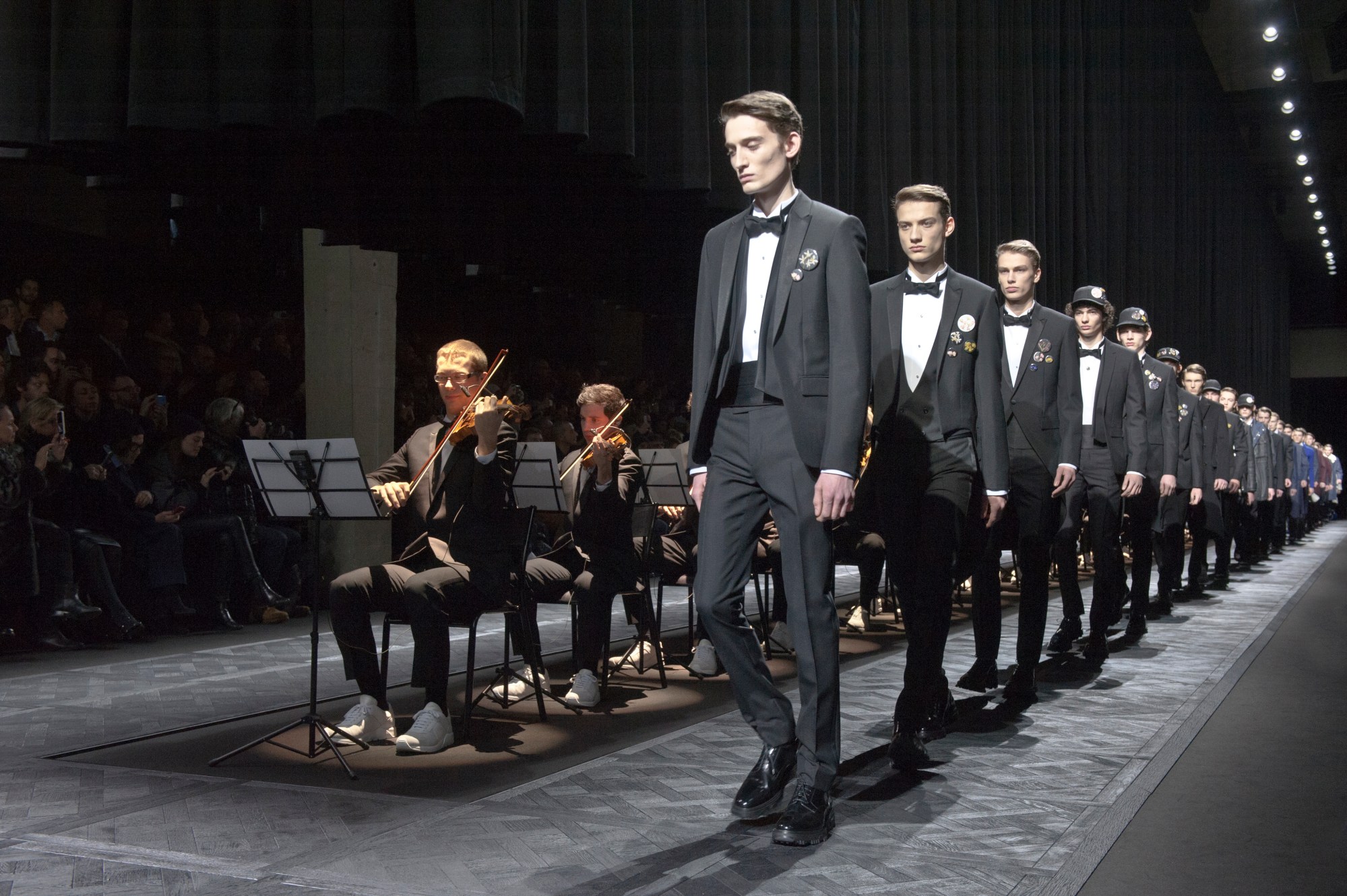
When you went into the last two collections for Dior, had you made your decision to leave the house.
In 2018, when I left, I’d been there 11 years, which – in fashion – is like a billion years. I was conscious that fashion was about change. You know at some point that your time is up. I was offered this opportunity at Berluti, which was weird because Berluti was so traditional and about craft – so little about fashion. I refused a couple of times. Then it was explained to me that since Berluti didn’t really have a heritage in clothing, they wanted me to bring that. At that point, I felt fashion was kind of confusing. There was an overload of collaborations between high and low, sports and luxury. Don’t get me wrong, I like a good collaboration, but at one point it didn’t make sense anymore. With Berluti being so precise on their positioning, I felt comfortable working with that.
Do you think there’s a future in independent fashion designers taking on heritage brands?
I guess it’s one of those evolutions. Anders makes a nice connection. He says when I launched my brand in 2005, it was about street and sportswear entering the luxury world; in the 2010s, when I took over at Dior, it was about the heritage and the founders being foregrounded; while 2020 is about the heritage brands trying to speak to a younger crowd.

In some ways you were doing the latter with Dior, finding a way to make it part of the zeitgeist and the couture world.
I always liked the tension between opposites. That’s why A$AP Rocky wearing an incredible red couture coat makes total sense because couture shouldn’t just be a thing of the past. That’s where people like Larry Clark and Nan Goldin made total sense for Dior. But it’s true that when I suggested having Rocky in an advertising campaign that took some convincing. But, I mean, now we have rap musicians designing collections!
Thinking about the collections included in the book, are there any that stick out as particularly defining for you?
In 55, there’s quite a few, thank God. There’s my first Kris Van Assche show, but also my fourth and last women’s collection for my brand, which I really liked. The way it evolved from being this girl wearing men’s suits. There are many Dior collections I like. The first presentation, when I look back, I think, “My God, you had guts.” It’s funny because people were literally hysterical about it. Those huge, pleated pants that one journalist called MC Hammer pants, were literally inspired by skirts from the archive. Now, everybody is taking couture references for menswear. I guess clothes-wise, the two last ones I loved. The suit at Dior Men’s was like the tweed at Chanel – you can’t change the suit, it’s like the holy grail. So, changing that into this very feminine silhouette with a cinched waist, very fifties, was really messing things up. And it worked well. But Berluti, I feel, in terms of quality and fit, that’s the best fashion I made.
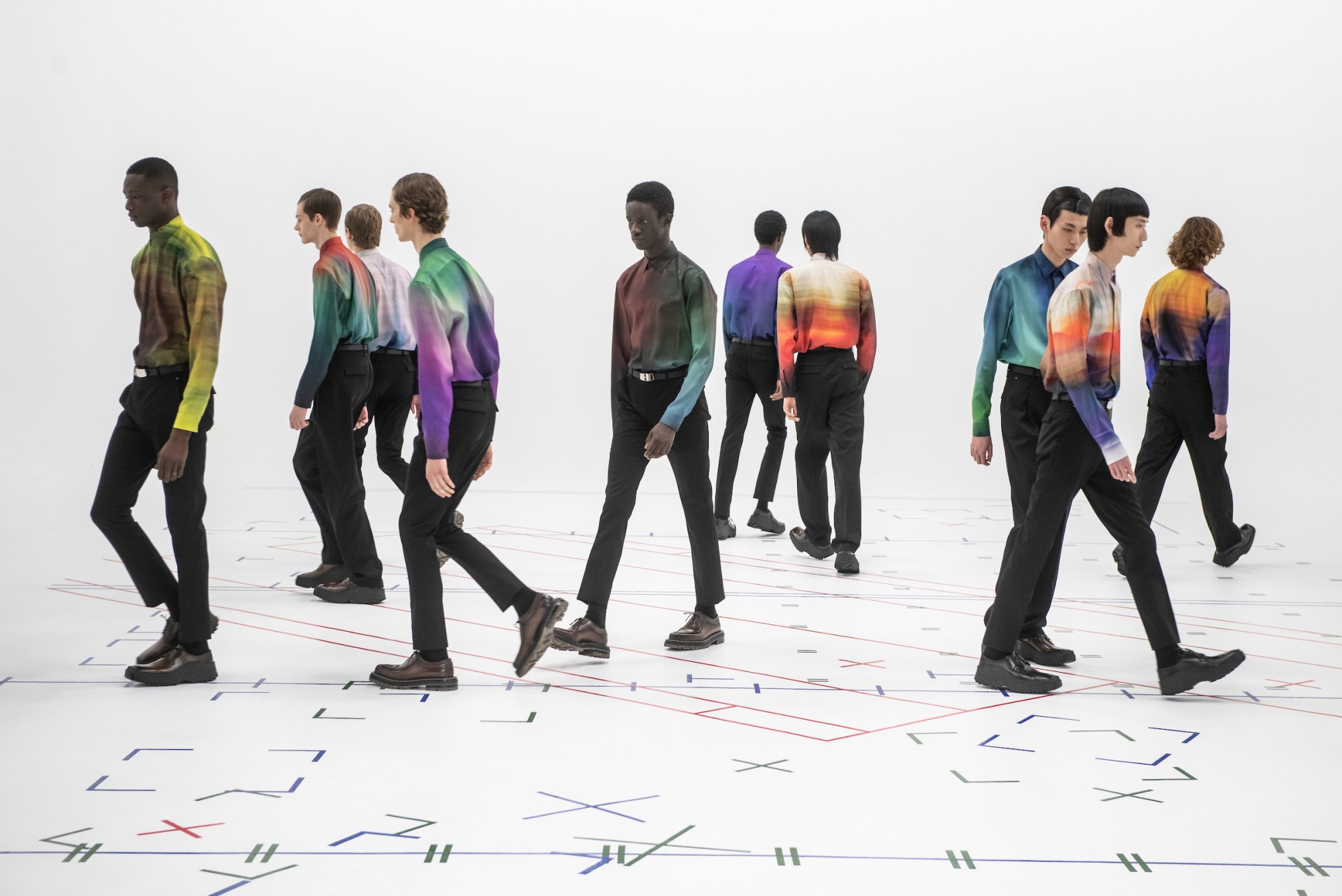
Back then at Berluti, the most famous trope was its patina, so you presented something – by your standards – very colourful right?
Totally. We could have done black suits with brown shoes, but that didn’t make sense. We had a conceptual approach to the brand as they don’t have these big archives – just one pair of shoes. Patina is about layering colours, sometimes similar colours or two or three mixed. We thought about how to layer silhouettes with colour and a whole new world opened at that point.
Going back to the beginning, you studied womenswear, but you’re most known for menswear. Of course, as you’ve mentioned, there’s something interesting in using menswear tropes and applying them to women’s bodies, and that’s a development you played a part in.
Well, I’ve always liked a certain sense of structure, a nice shoulder. I like tailoring, I like cut, you know. I’m not an incredible draping expert. That’s what I think, with these women’s silhouettes, was so interesting. You could still feel a certain structure with the shoulder, while everything else of the silhouette got more and more fluid. It was an interesting evolution, and I would love that to continue. When I was at the Academy, even my graduate project was a womenswear collection, but it was all done in menswear materials, and it was all about white poplin shirts and pinstriped jackets and skirts. So, it was all already about menswear somehow.
Kriss Van Assche’s ‘55 Collections’ will be released 13 November 2023. You can preorder your copy here.
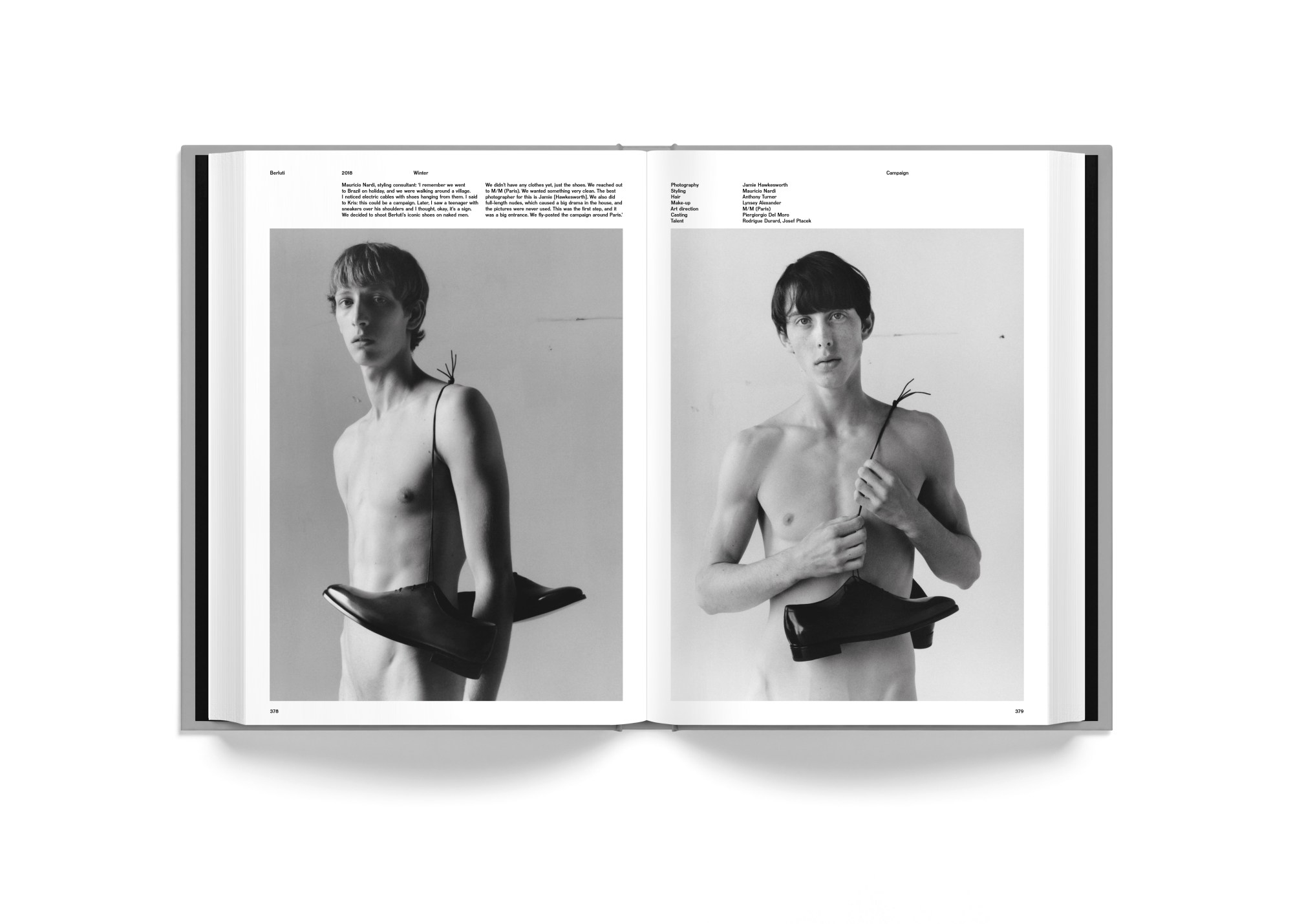
Credits
All images taken from 55 Collections by Kris Van Assche
